Table tennis, in addition to the physical and technical aspects, is a sport that relies heavily on strategy. For players who aspire to reach higher levels and win more games, it is essential to understand and apply advanced strategies. This article focuses on several advanced techniques that can help you dominate your opponents at the table.
The importance of analyzing your opponent
The analysis of the opponent is crucial from the first exchanges. Look carefully at his strengths and weaknesses. For example, an opponent may have a powerful forehand but be weak on the backhand. Exploiting these weaknesses can offer a significant advantage. Also note your opponent's habits. Many players have predictable routines, such as a preferred serve type or a preference for a certain return. By identifying these tendencies, you can anticipate their strikes and counter them effectively.
The change in services
Serving is an often overlooked aspect of table tennis. By varying spins – topspin, backspin, sidespin – you can destabilize your opponent and create opportunities to score points. It is also essential to vary the positioning of services. By alternating between short and long serves, as well as changing angles, you can keep your opponent on alert and make your attacks more unpredictable.
Check the game
Maintaining tight control of the game is a key strategy for dominating at ping pong. By playing short balls close to the net, you significantly limit your opponent's options. This type of play often forces the opponent to adopt a defensive posture, thus reducing his ability to execute powerful or accurate shots. Short balls make it difficult for the opponent to attack, as they require greater reaction speed and precision.
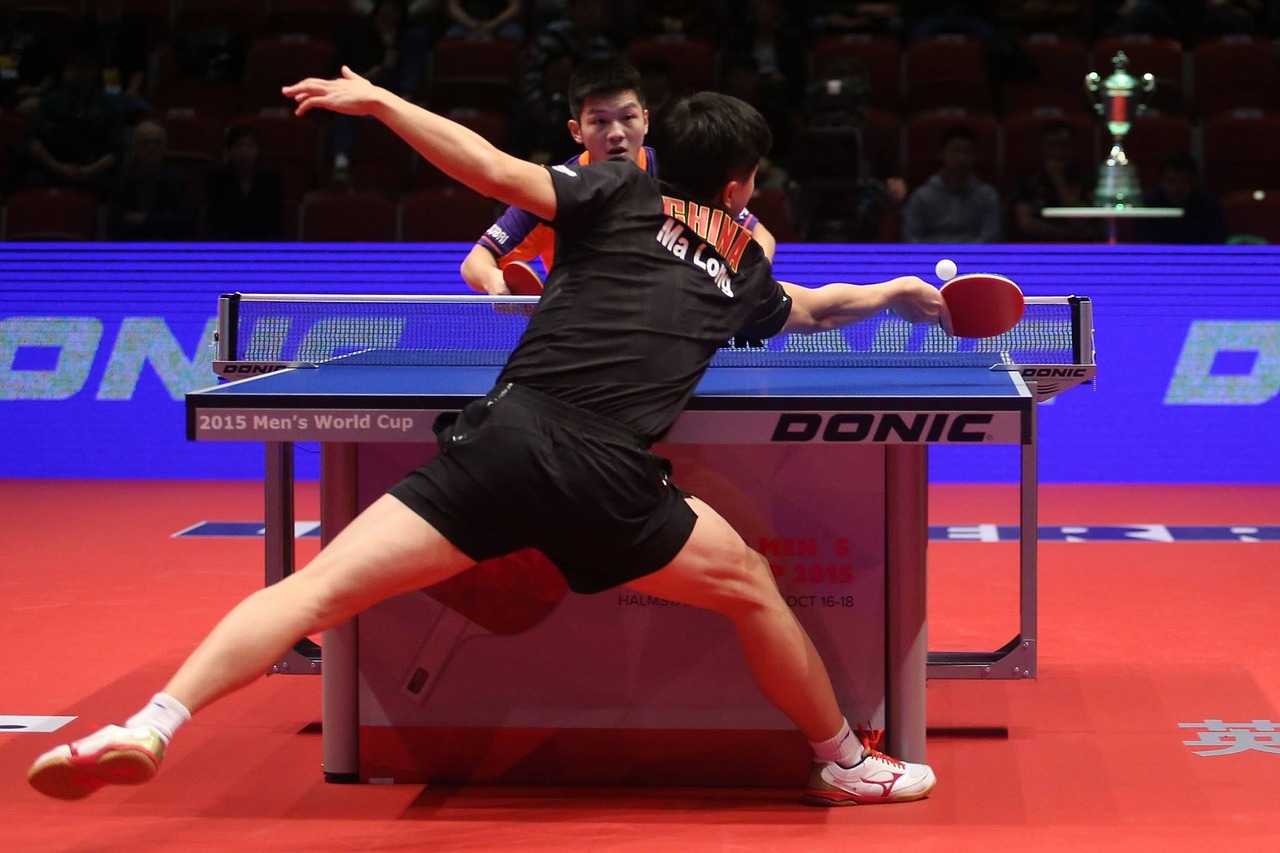
By taking the initiative with these short balls, you direct the pace of the game according to your preferences. This can allow you to wait for your opponent's mistake or prepare a decisive attack. Alternatively, by integrating long, fast balls into your repertoire, you can surprise your opponent. Rapid strikes disrupt their timing and force them to constantly reposition, thus opening opportunities for decisive attacks. This combination of short and long balls makes your game unpredictable and difficult to anticipate, which is a great advantage for controlling the game.
Attack weaknesses
Exploiting your opponent's weaknesses is a winning and often overlooked strategy. For many players, the backhand is an area of weakness compared to the forehand. By directing your shots towards this area, you force your opponent to play awkwardly. This can lead to frequent errors and scoring opportunities.
Identify your opponent's specific weaknesses during the first few exchanges. If a player has difficulty moving laterally, use cross-strokes and quick exchanges to tire him out and exploit this weakness. By sending balls alternately from left to right, you force your opponent to constantly move, thus increasing the likelihood of them making mistakes. Furthermore, by carefully observing your opponent's reactions, you can adapt your strategy in real time. For example, if you notice that your opponent has difficulty returning balls with a certain effect, use that effect more frequently.
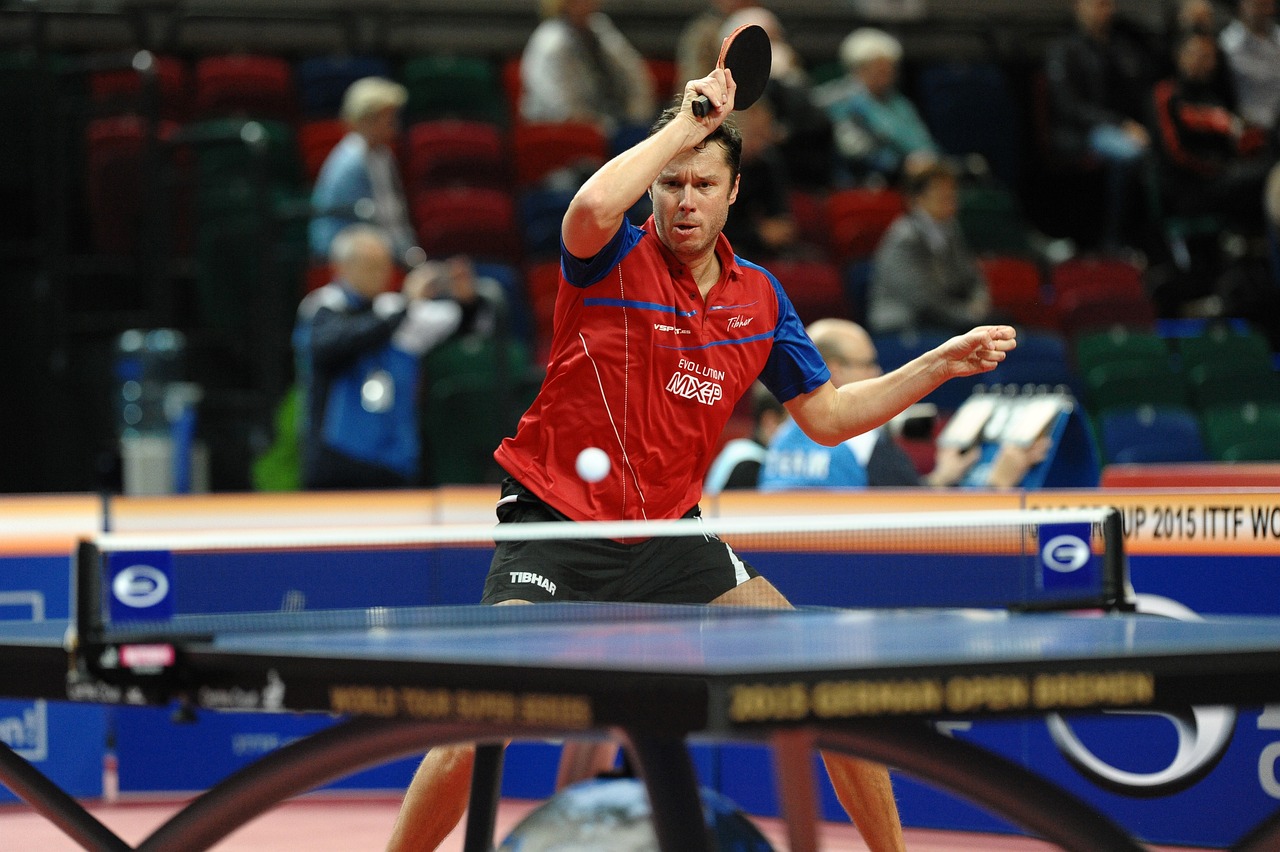
Playing with rhythm
Varying the pace of the game is an effective technique to destabilize the opponent. By alternating between rapid strikes and slower strikes, you can unbalance your opponent and create attacking opportunities. Pace changes force the opponent to constantly adapt, which increases the risk of mistakes and decreases their confidence. Controlling the pace of the game can also offer a psychological advantage. By slowing down the game, you give your opponent less time to react and more time to think about his next shots. This can cause them to rush and make mistakes. On the other hand, by speeding up the game, you can catch your opponent off guard, forcing them to react quickly and often inaccurately.
Playing with rhythm also involves knowing when to change speed. For example, if you feel your opponent starting to get used to a certain rhythm, change it abruptly to destabilize him. This ability to control and vary the pace of the game is a valuable skill that can turn a game in your favor.
Maintain focus
Mind control is an important skill in table tennis. Stress and nervousness can easily affect accuracy and decision making, leading to costly mistakes. Therefore, developing a mental routine to manage stress and maintain focus is crucial. Deep breathing and visualization techniques can help keep your mind clear and focused. For example, before serving or receiving a serve, taking a few seconds to breathe deeply and visualize the perfect shot can help you calm your nerves and focus on your execution. Additionally, it is important to remain adaptable and flexible in your game strategy.
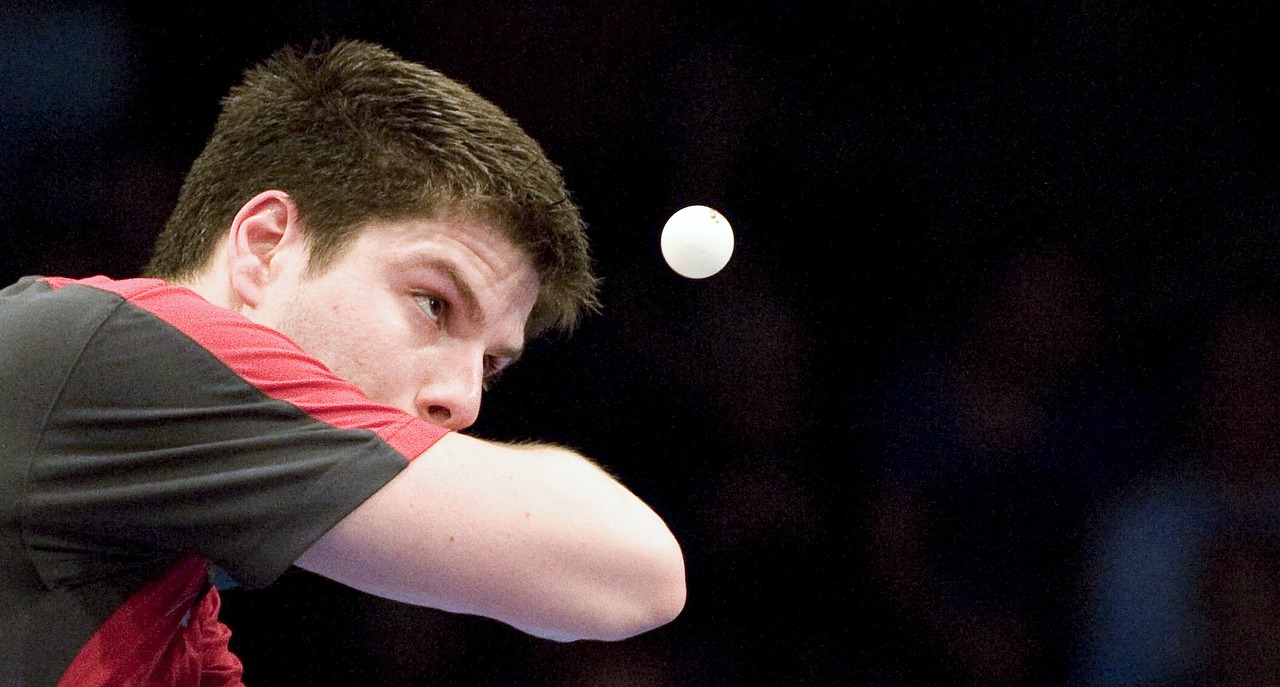
Advanced players must be able to read the game and adapt their strategies as the game evolves. This may involve varying the angles, spin or speed of the balls to disrupt the opponent and exploit their weaknesses. Flexibility and adaptability are not only technical but also mental qualities, allowing the player to stay one step ahead of the opponent and react effectively to changes in the dynamics of the game.
The complementarity of teamwork
In doubles matches, communication and mutual understanding between partners are absolutely essential. An effective doubles team functions almost as a single entity, where each player anticipates the other's movements and intentions. Developing strategies as a team, such as using signals to indicate the type of serve or return expected, can greatly improve coordination and effectiveness on the court.
A key aspect of doubles success is the ability to cover the court synergistically. This involves understanding not only your own capabilities and preferences, but also those of your partner. For example, if your partner is stronger in attack, you may focus more on defense and preparing attacking shots. Likewise, if one of the players is more agile and faster, he can take care of the hard-to-reach balls, while the other positions himself for strategic returns.
Constant communication, verbal and non-verbal, is equally vital. Simple cues, such as a hand gesture or a key word, can help coordinate actions and avoid confusion during gameplay. For example, signals for serves can indicate whether the serve will be short or long, with or without spin, thus allowing the partner to adequately prepare for the opponent's return.


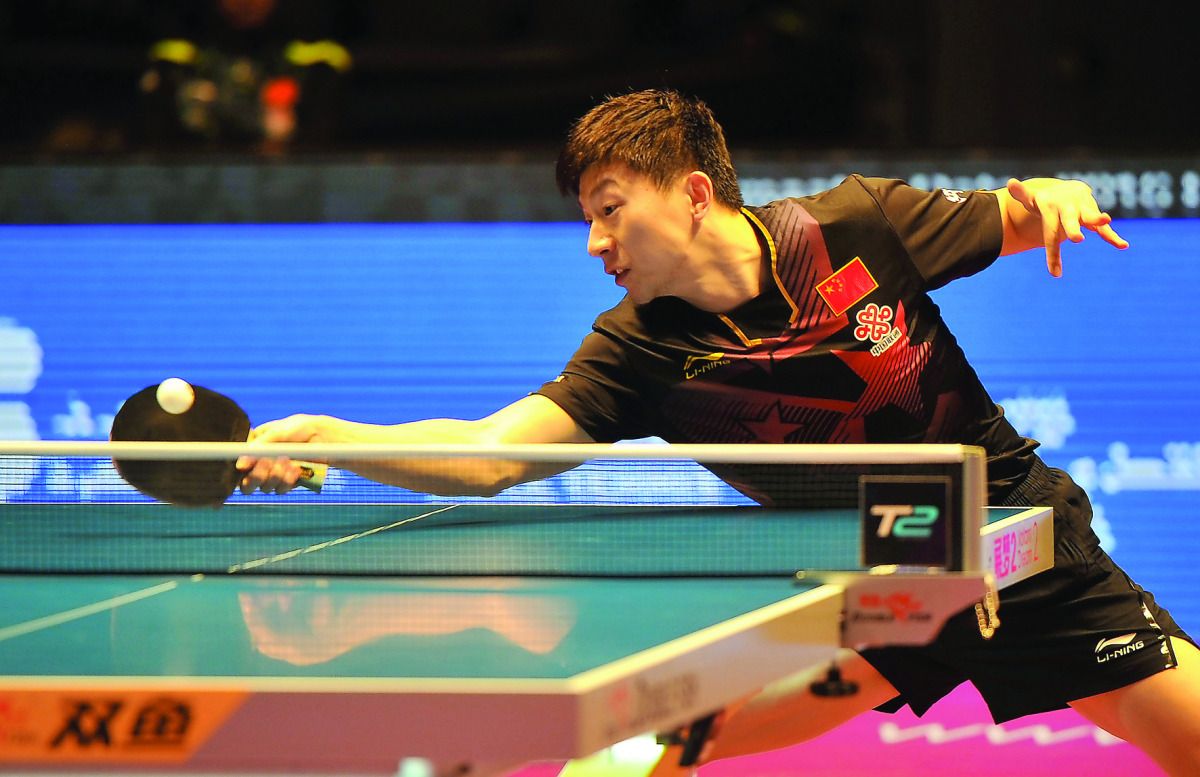
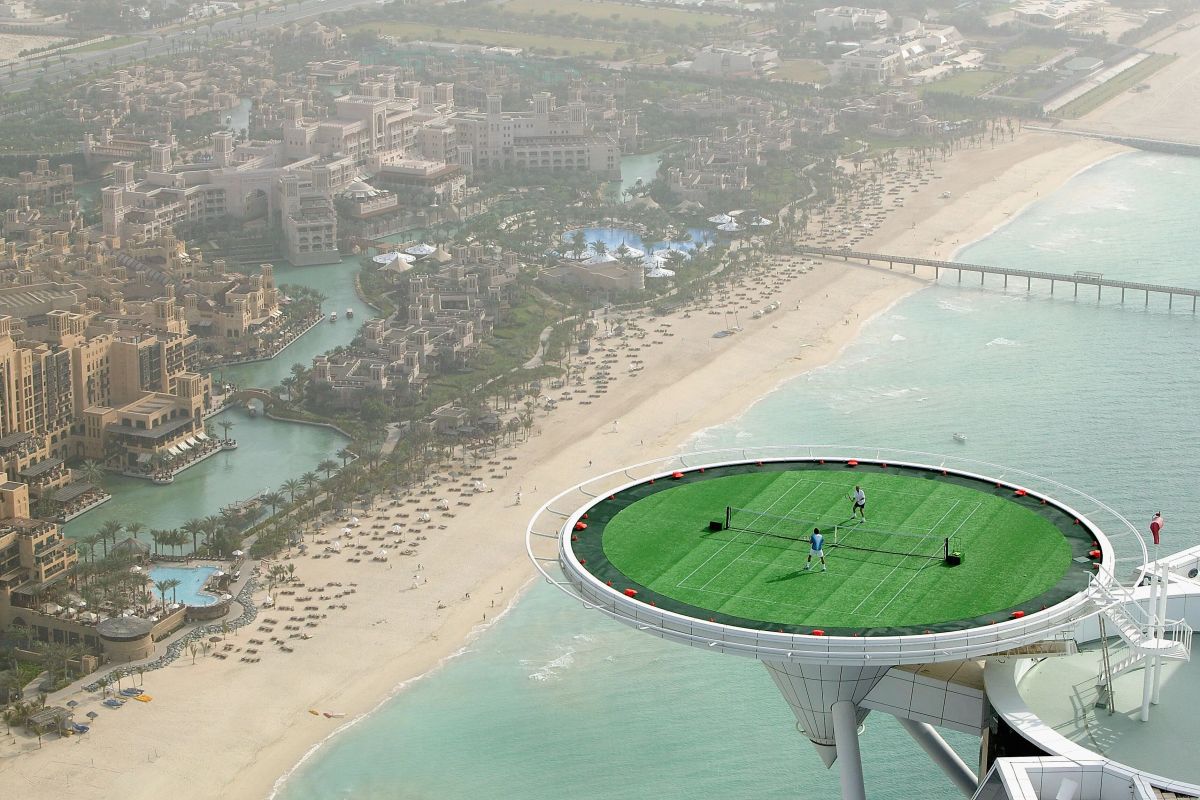
Kommentare